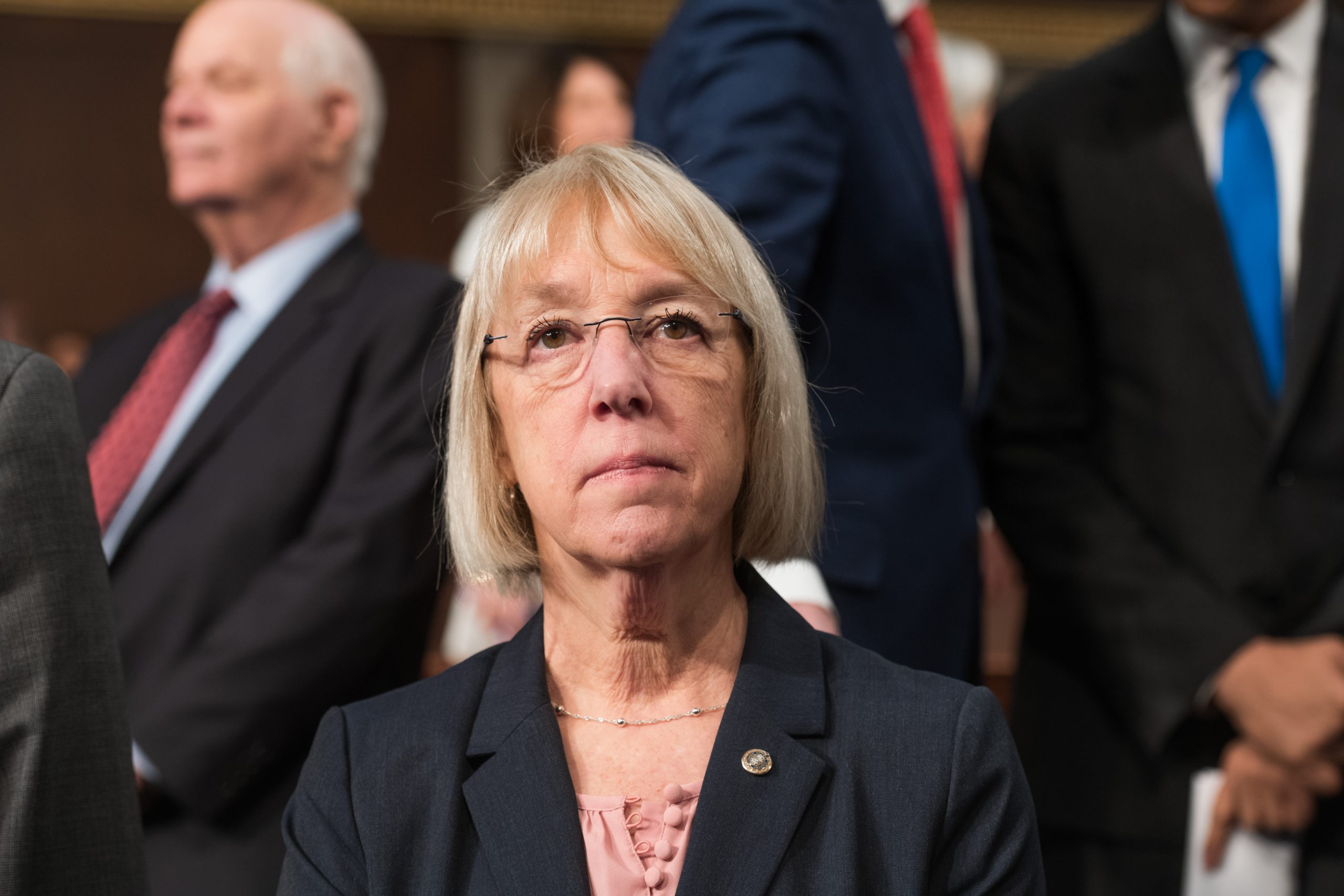Bipartisan bill will allow students to complete tax information on the FAFSA with only one click; now heads to House for a vote
Senator Murray: Bill will help fix federal financial aid “so students and student loan borrowers are able navigate financial aid through a streamlined and efficient process”
ICYMI— Senator Murray’s Medium Post: “Thousands of dollars for Washington state college students who just need to fill out a form” – MORE HERE
(Washington, D.C.) – U.S. Senator Patty Murray (D-WA), top Democrat on the Senate education committee, cheered the Senate passage of legislation that will make it easier for the nearly 20 million students that complete the Free Application for Federal Student Aid (FAFSA) each year by having the IRS securely send the Department of Education their federal tax information with one-click. The Faster Access to Federal Student Aid (FAFSA) Act, introduced by Senator Murray last month, will simplify the process for students to file their Free Application for Federal Student Aid, make it easier for certain student loan borrowers to pay back their loans, and streamline coordination between federal agencies that handle student aid programs. Now that the Senate has passed the legislation, it will head to the U.S. House of Representatives.
“Our nation’s outdated and overly complicated financial aid system is forcing students and student loan borrowers to jump through too many hoops to access federal financial aid, verify the tax returns they’ve already filled out, or get help if they’re struggling to pay their student loans,” said Senator Murray. “I’m pleased to work with my colleagues on this needed fix to federal financial aid, and I urge the House to pass this quickly so students and borrowers are able navigate their financial aid through a streamlined and efficient process.”
The Faster Access to Federal Student Aid (FAFSA) Act will make FAFSA completion easier and more secure for nearly 20 million students by:
- Improving and securing the way individuals’ IRS tax information is sent to the Department of Education.
- Turning a 7-click process into a single click process to transfer IRS tax filling data to the Department of Education.
- Allowing 8 to 9 million more FAFSA filers to use their existing IRS tax filing information.
- Reducing the burdensome verification processes for students and parents filing for aid.
- Automating the annual process for 7 million borrowers in income driven repayment to recertify their income and remain in their repayment plan.
In her role on the Senate education committee, Senator Murray has been a leading proponent of efforts to simplify FAFSA, particularly for low-income and underrepresented students and their families in Washington state and across the country.
Background on FAFSA:
- Currently 54% of FAFSAs are filed with information received from the IRS by parents or students using the Data Retrieval Tool to request and transfer tax information from the IRS to the Department of Education.
- The current process for students or parents to transfer tax information to the FAFSA requires the applicant to give direct permission to the IRS to send tax information to ED. This requires the applicant to jump from FAFSA website to IRS website and back to ED website which takes a total of 7 clicks.
- For 37% of FAFSAs, either the student or the parent does not file taxes. The new process will allow the IRS to confirm that those students or parents have not filed.
- Washington state ranked 48th of all 50 states and the District of Columbia in FAFSA completion among high school seniors last year, leaving millions of dollars in grants to attend college on the table.
Background on Income Driven Repayment:
- Almost a third of borrowers in repayment on federal student loans are in an income-driven repayment program.
- These programs require that borrowers certify their income on an annual basis. If borrowers fail to complete this process, they are automatically reentered into standard 10 year repayment.
- Each year 19 percent of borrowers in IDR fail to recertify their income on-time, resulting in payment spikes and interest capitalization for approximately 1.3 million borrowers.


